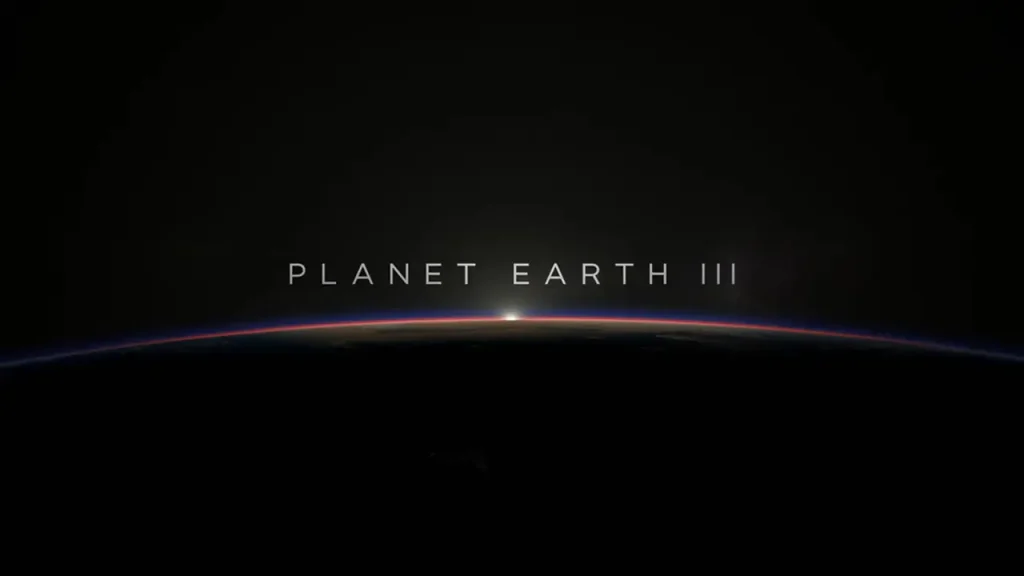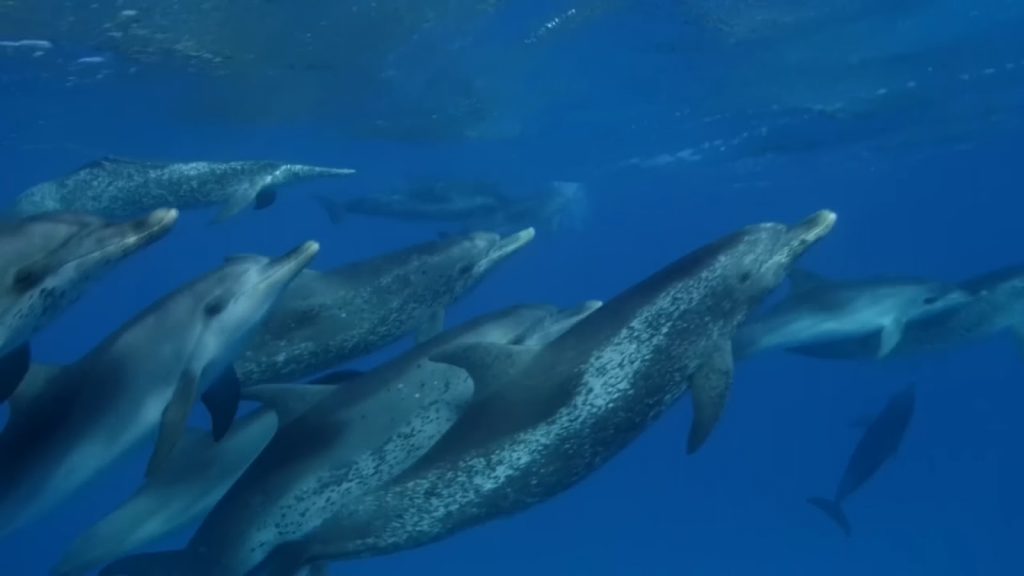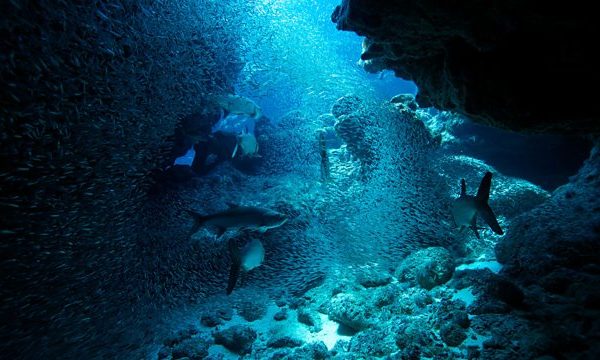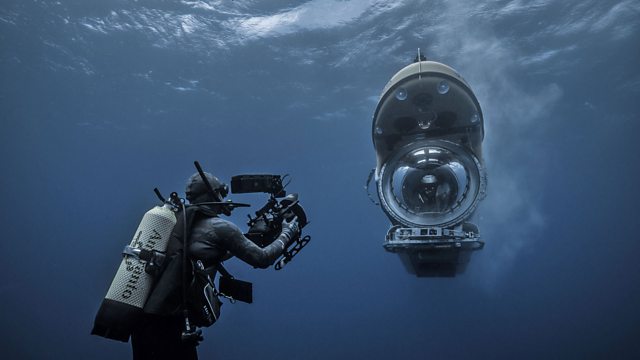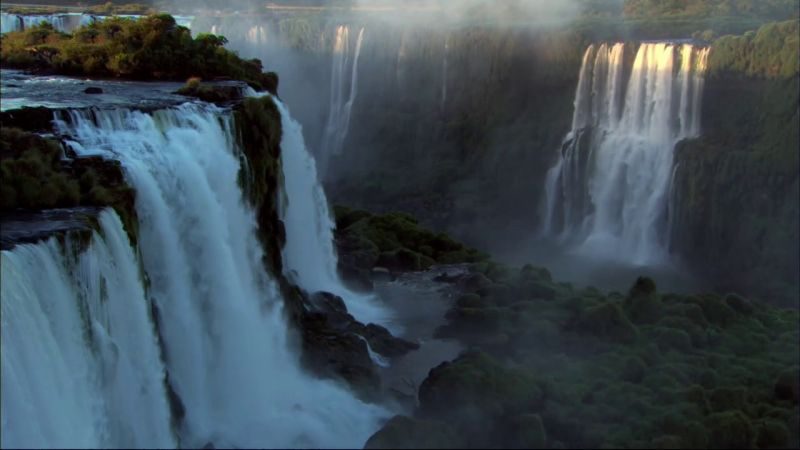Planet Earth III episode 7 – Human – In every corner of our planet, from bustling cities to cultivated fields, the expansion of the human domain is a reality. Wildlife now faces the daunting task of adapting to landscapes profoundly transformed by human activity, often finding themselves in direct competition with us.
In every corner of our planet, from bustling cities to cultivated fields, the expansion of the human domain is a reality. Wildlife now faces the daunting task of adapting to landscapes profoundly transformed by human activity, often finding themselves in direct competition with us.
Amidst these challenges, certain animals are not just surviving, but flourishing. Take the long-tailed macaques in Bali, for instance. These clever primates have mastered the art of pilfering prized possessions from tourists, using them to barter with temple staff for their favorite treats. In a display of calculated cunning, the older males won’t return a stolen phone unless their demands are met.
Conversely, some species prefer stealth over confrontation. In Melbourne, Australia, the tawny frogmouth, a master of disguise, thrives despite the threat from domestic cats. Their success is partly due to city streetlights aiding their nocturnal hunts. Remarkably, they now populate urban areas more densely than rural ones.
Other animals take boldness to new heights. Rhinos in Sauraha, Nepal, casually stroll through the streets for food, while in Lake Tahoe, USA, black bears venture into the heart of the town. These urban bears, feasting on dumpster delicacies, often weigh up to 50% more than their rural counterparts. Some bears have even learned to open doors, turning unsuspecting stores into personal pantries.
In New York City, pavement ants exemplify urban adaptation, outnumbering residents by a staggering ratio. Their success lies in their evolved digestive system, which keeps up with the changing human diet. On Broadway Avenue alone, they consume the equivalent of 60,000 hotdogs annually.
However, cohabitation with humans isn’t always harmonious. In India, where snakebites cause thousands of deaths annually, venomous cobras are now found hunting in homes. This unusual coexistence seems to have made the snakes more cautious, reducing their likelihood to strike.
Planet Earth III episode 7 – Human
In Kenya, conflict arises when African elephant bulls raid tomato fields at night, posing a significant risk to farmers. Conversely, off Vancouver Island, the presence of humpback whales in overfished waters surprisingly benefits the ecosystem. The iron in their feces nourishes phytoplankton, the foundation of the marine food chain, indirectly boosting fish populations.
The whales contribute significantly to the environment and climate change mitigation. Through photosynthesis, the flourishing phytoplankton remove carbon from the atmosphere, akin to the effect of planting thousands of trees per whale.
Although some species adeptly navigate the human world, our actions often exert tremendous pressure on wildlife. Our destinies are intertwined; the health of the natural world is inextricably linked to our own. The challenge before us is to reimagine our coexistence with nature, striving to safeguard all life on Earth.
Exploring the Intersection of Human and Wildlife Worlds in “Planet Earth III: Episode 7 – Human”
The Ingenious Survival Tactics of Urban Wildlife
In the heart of bustling cities, a hidden drama unfolds – the struggle and resilience of urban wildlife. “Planet Earth III: Episode 7 – Human” takes us on an eye-opening journey through this landscape, revealing the fascinating ways in which animals have adapted to urban environments. The episode, brilliantly narrated by David Attenborough, showcases species like the long-tailed macaques in Bali. These intelligent creatures have developed unique strategies to navigate the human world, such as bartering stolen items for food. Their actions are not just acts of survival but also intelligent adaptation to the changing world around them.
Urban Predators and Prey: A Delicate Balance
The episode also sheds light on the complex relationships between urban wildlife and their new environments. For example, in Melbourne, the tawny frogmouth, a master of camouflage, thrives despite the dangers posed by domestic animals. The city lights that illuminate our streets at night ironically aid these nocturnal birds in their hunt for food, leading to their increased presence in urban areas compared to rural ones.
Human-Wildlife Conflict and Coexistence
The Challenges of Sharing Spaces
“Planet Earth III: Episode 7 – Human” does not shy away from the harsher realities of human-wildlife interaction. It delves into the conflicts that arise when wildlife ventures into human territory in search of resources, such as the African elephants in Kenya foraging in tomato fields post-sunset. These encounters are not only dangerous for the animals but also pose significant risks to the human populations involved.
Surprising Benefits of Human-Wildlife Interactions
Interestingly, the series also highlights instances where human presence inadvertently benefits wildlife. Off the coast of Vancouver Island, humpback whales contribute to a thriving marine ecosystem. The iron-rich whale feces fertilize the ocean, boosting phytoplankton growth, which in turn supports fish populations. This relationship showcases a remarkable example of how wildlife can adapt and even thrive in altered ecosystems.
In “Planet Earth III: Episode 7 – Human,” viewers are invited to witness the remarkable resilience and adaptability of wildlife in our rapidly changing world. Narrated by the esteemed David Attenborough, this episode of the BBC wildlife documentary series offers a compelling look at the intricate and sometimes fraught relationship between humans and the natural world. It serves as a poignant reminder of our shared responsibility in environmental conservation efforts and the urgent need to mitigate the impacts of climate change for the sake of all species on our planet.
FAQs: Insights into “Planet Earth III: Episode 7 – Human”
Q: What unique adaptations are showcased in the episode?
A: The episode highlights adaptations like the bartering behavior of Bali’s macaques and the camouflage skills of Melbourne’s tawny frogmouths.
Q: How does the episode address human-wildlife conflicts?
A: It explores conflicts through examples like African elephants raiding farms in Kenya, as well as the surprising coexistence of humans and venomous snakes in India.
Q: What role does the episode suggest wildlife plays in ecosystem health and climate change mitigation?
A: The episode illustrates the role of wildlife in ecosystem health through the example of humpback whales enhancing fish populations and aiding in climate change mitigation through the promotion of phytoplankton growth.
